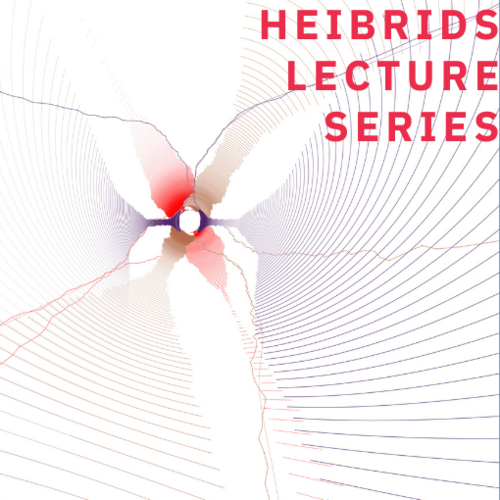1. Solar cells, optical simulations and big data 2. Mosaics in Big Data: Stratosphere, Apache Flink, and Beyond
Speaker 1: Klaus Jäger, HZB
Photovoltaics is the fastest growing technology for sustainable electricity generation. For further growth of the technology, high power conversion efficiencies are required. Hence, it is critical to maximize the fraction of the incident sunlight, which can be harvested. Optical simulations are pivotal to increase the understanding of the interaction between sunlight and solar devices. The specific demands of the complex optical systems under investigation combined with the stochastic properties of sunlight pose challenges for a simulation method. Further, taking weather data into account becomes more important. We show how the finite element method (FEM) can be employed in an application example to simulate nanostructured solar cells. With FEM periodically nanotextured devices can be simulated rigorously. We also how a thick glass superstrate on top of the device can be properly taken into account. Further, we will discuss how advanced optimization algorithms can be deployed in a meaningful way. As an example, we discuss results of a recent optimization study for perovskite-silicon tandem solar cells. In the outlook we discuss how we want to apply advanced methods from data science for optimizing solar cells for real weather data.
Speaker 2: Volker Markl, TU-Berlin
The global database research community has greatly impacted the functionality and performance of data storage and processing systems along the dimensions that define “big data”, i.e., volume, velocity, variety, and veracity. Locally, over the past five years, we have also been working on varying fronts. Among our contributions are: (1) establishing a vision for a database-inspired big data analytics system, which unifies the best of database and distributed systems technologies, and augments it with concepts drawn from compilers (e.g., iterations) and data stream processing, as well as (2) forming a community of researchers and institutions to create the Stratosphere platform to realize our vision. One major result from these activities was Apache Flink, an open-source big data analytics platform and its thriving global community of developers and production users. Although much progress has been made, when looking at the overall big data stack, a major challenge for database research community still remains. That is, how to maintain the ease-of-use despite the increasing heterogeneity and complexity of data analytics, involving specialized engines for various aspects of an end-to-end data analytics pipeline, including, among others, graph-based, linear algebra-based, and relational-based algorithms, and the underlying, increasingly heterogeneous hardware and computing infrastructure. At TU Berlin, DFKI, and the Berlin Big Data Center (BBDC), we aim to advance research in this field via the Mosaics project. Our goal is to remedy some of the heterogeneity challenges that hamper developer productivity and limit the use of data science technologies to just the privileged few, who are coveted experts.


